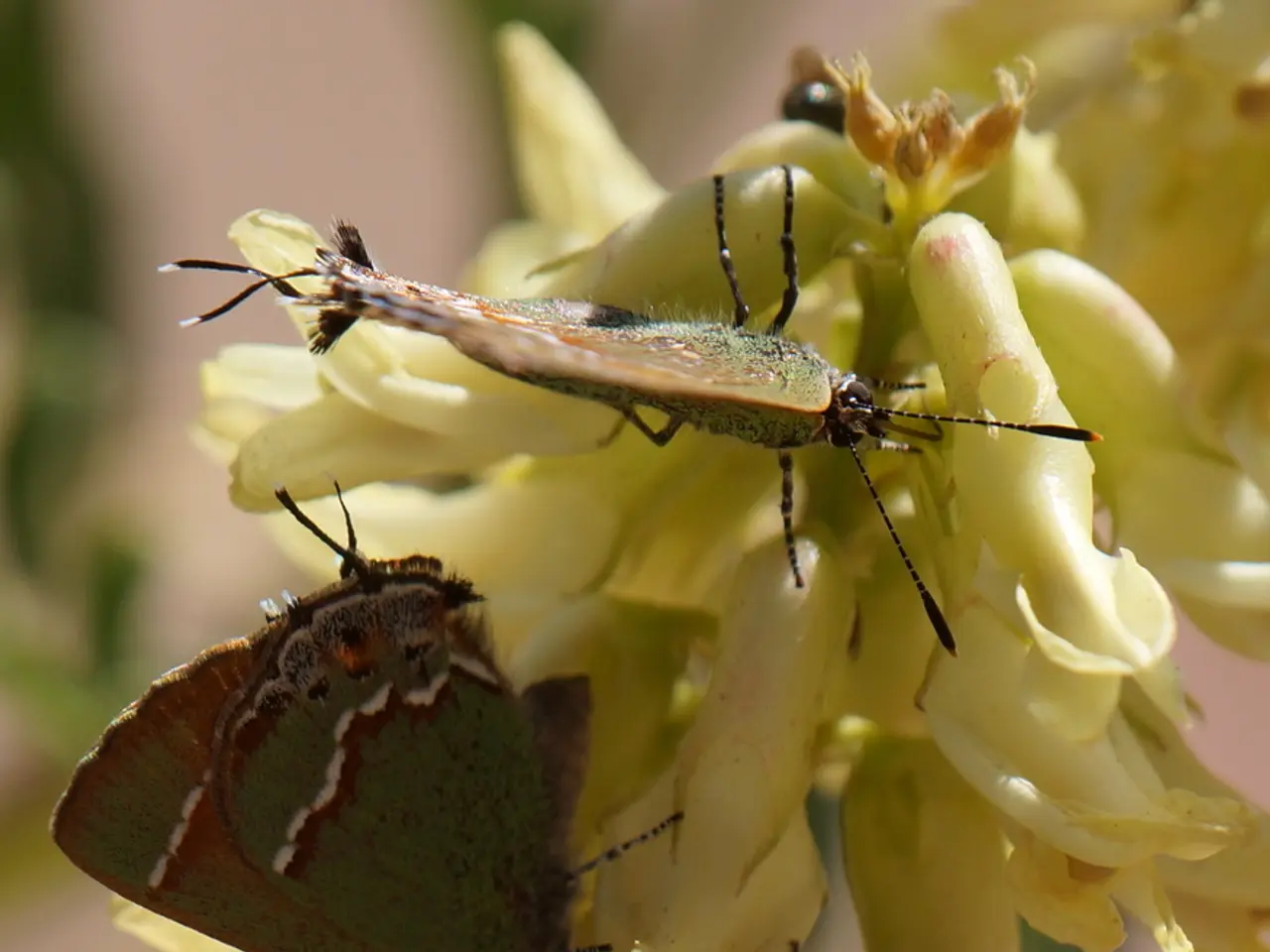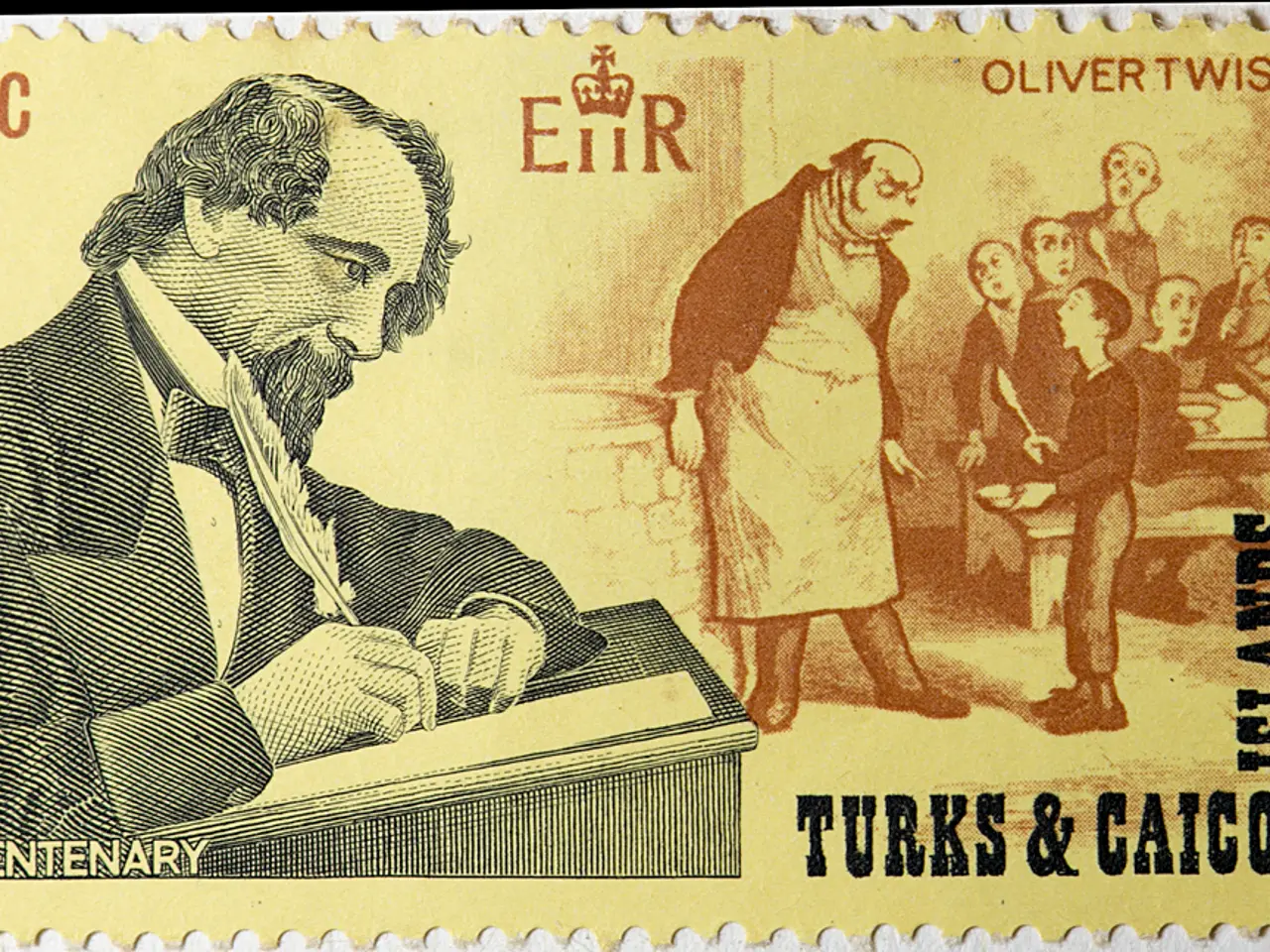Blooming 18 Flower Varieties to Draw Monarch Butterflies into Your Backyard Garden
In the vibrant world of nature, every garden can become a vital oasis for pollinator conservation, particularly for the iconic Monarch Butterfly. Here's a list of 19 butterfly-friendly flowers that, when cultivated, can help support Monarch butterfly populations throughout their active months and aid in their migration and reproduction.
Firstly, let's talk about the essential host plants for caterpillars. The Common Milkweed (Asclepias syriaca) is a must-have, providing a crucial habitat where Monarchs lay eggs and caterpillars feed. Another important milkweed species is Showy Milkweed.
For nectar-rich plants that attract adult Monarchs, the Mexican Sunflower (Tithonia) stands out with its vibrant orange-red blooms from mid-summer to autumn, offering both nectar and resting spots. The Bee Balm, with its red or lilac tubular flowers in summer, is another favourite among Monarchs and hummingbirds.
Asters, with their daisy-like flowers blooming in various colours from purple, blue, pink, to white, provide a late-season nectar source. Goldenrod, with its bright yellow autumn blooms, offers important fall nectar. The Purple Coneflower, with its large, nectar-rich flowers, is favoured by butterflies.
The Blue Mistflower, with its delicate, fluffy sky-blue flowers blooming best in late summer and autumn, is a secret weapon for attracting Monarchs during migration. Beggarticks, with their cheerful yellow or white blooms, also offer a much-needed food source for Monarchs heading south.
Other flowers that attract Monarchs include Cosmos, with their colourful nectar-rich blooms from summer to frost. Blanketflower, Black-eyed Susan, and additional Milkweed species like Butterfly Weed are also favourites.
The Blazing Star (Gayfeather) adds bold vertical spikes of fuzzy purple flowers to a garden, attracting Monarchs in large numbers. Joe-Pye weed, with its tall stature, is a native perennial that Monarch butterflies cannot resist, especially during late summer migration. Common Yarrow, with its umbrella-like clusters of blooms, is popular among Monarchs during summer.
Lastly, don't forget Sunflowers, which provide nectar to Monarchs in late summer and seeds for birds later. Other asters and wildflowers adapted to local conditions, as well as other native nectar plants ensuring bloom across seasons, complete the list.
By cultivating these 19 butterfly-friendly flowers, you're not only creating a beautiful garden but also contributing to the conservation of Monarch butterflies. It's important to avoid pesticides harmful to Monarchs and prefer native species for the best results.
This article was written by Bonnie Ferrero, who shares interests in hiking, cooking, gardening, and home decorating. With these flowers in your backyard, you're on your way to transforming it into a vital oasis for pollinator conservation, supporting Monarch butterfly populations.
[1] Source 1 [2] Source 2 [3] Source 3
- The garden can become a haven for pollinators, especially Monarch butterflies, by cultivating perennials like Common Milkweed and Common Yarrow, as well as annuals such as Sunflowers.
- For a late-summer and autumn food source, consider planting Blue Mistflower and Beggarticks.
- These flowers not only contribute to a home-and-garden lifestyle with their decorative appeal, but also aid in the migration and reproduction of Monarch butterflies.
- To attract Monarchs in large numbers, consider adding Blazing Star (Gayfeather) and Joe-Pye weed into your garden.
- In the pursuit of supporting Monarch butterfly populations, avoid pesticides harmful to these pollinators and choose native species for optimal results, as suggested by Bonnie Ferrero, an enthusiast of gardening, hiking, cooking, and home decorating.




